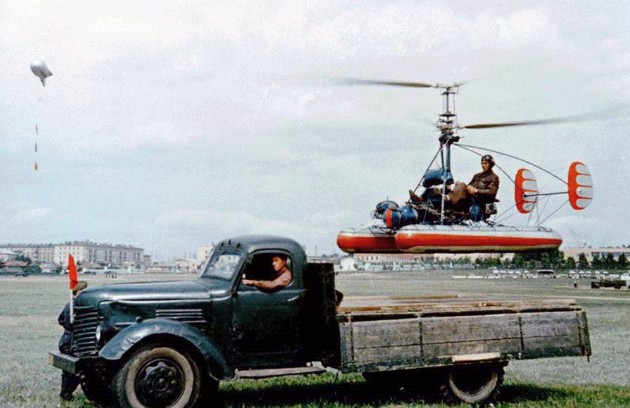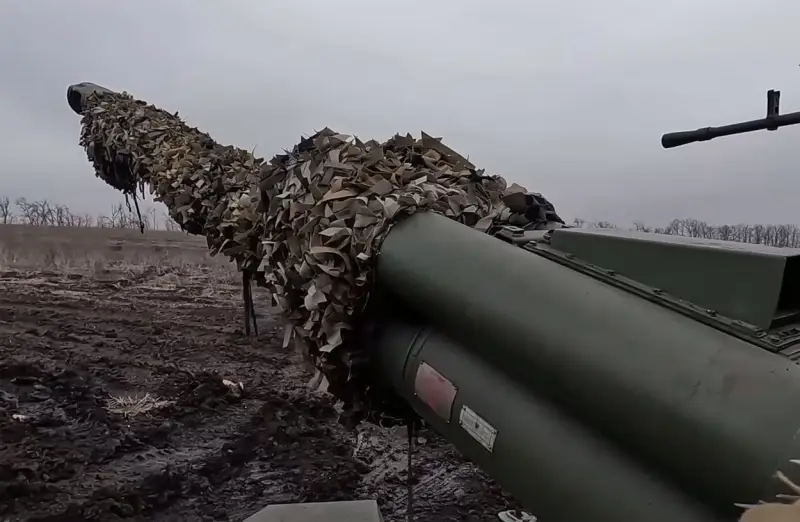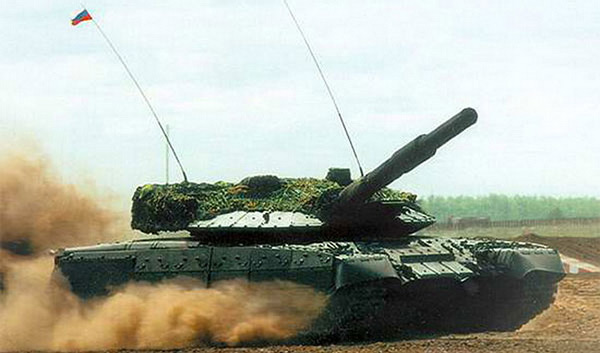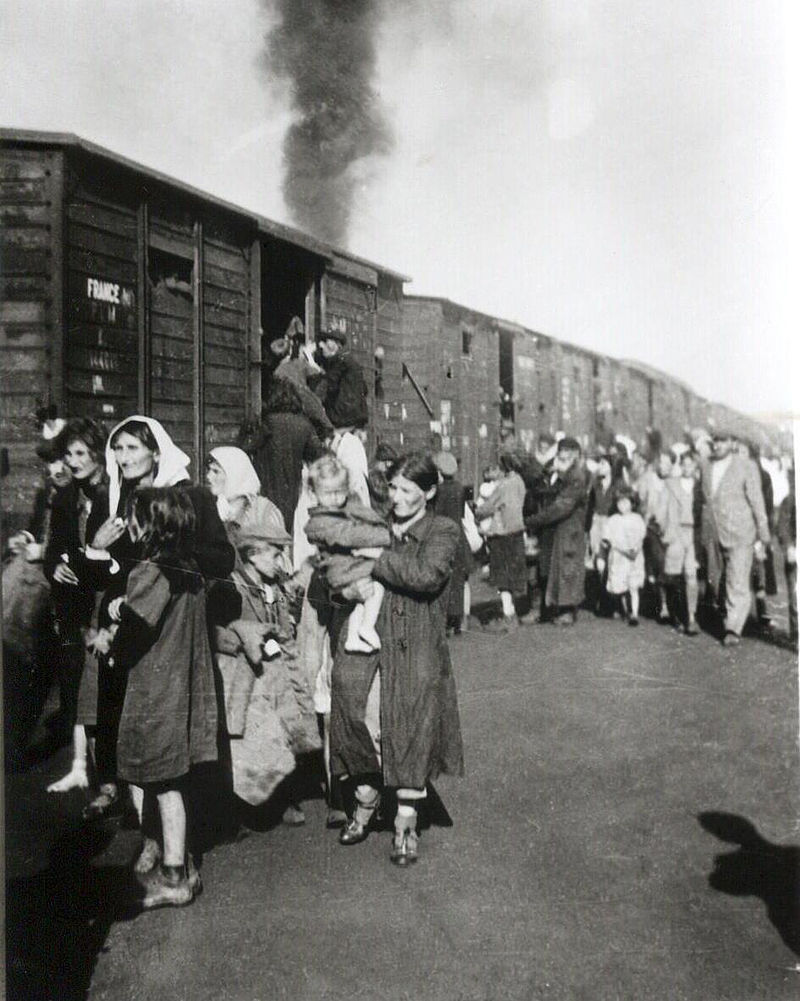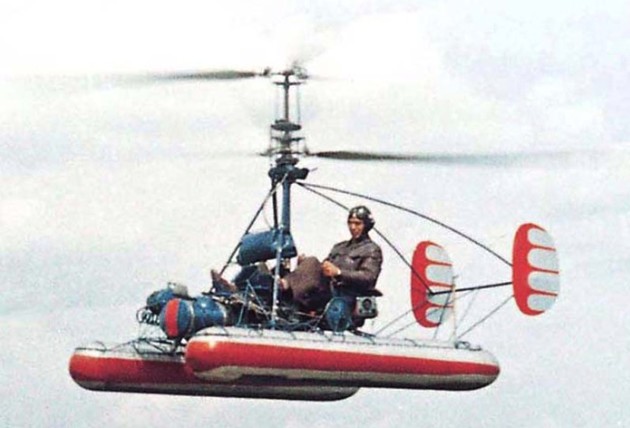
Helicopter for observation and communication Ka-10 became the first rotorcraft coaxial, successfully passed the state tests and are produced in small series. His design was carried out on the basis of TTT, defined Navy Aviation. The scheme and the layout of the new rotorcraft were the same, like the Ka-8. The helicopter set a specially designed AGIvchenko chief designer AI-4D power 40kW.
The Ka-10 – video
The diameter of the rotor increased by 0.2m, entered geometrical whirling blades. Significant changes were made to the helicopter control system.
The Ka-10 were built, in contrast to the Ka-8, already in the normal aviation company. To evaluate the efficiency and reliability of aggregates, components and systems in parallel with the manufacturer of the machine is considerable laboratory and bench tests. In a short time, four instances of the helicopter was built. One of them was subjected to 100-hour endurance tests, the rest is used to perform a flight test program. The first flight in the Ka-10 makes a test pilot M.D.Gurov 30 August 1949 of the year. Helicopters were equipped with the necessary recording test equipment. Factory testing Ka-10 completed test pilot D.K.Efremov, replaced tragically killed in one of the test flights M.D.Gurova.
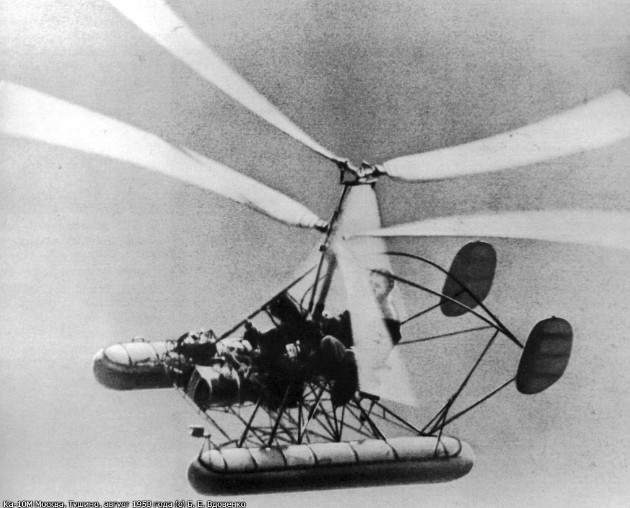
Total was carried out by helicopter 200 Flight with a touch of 25h. In October 1950 , two Ka-10 was transferred to the state tests. Flights on the test program is the lead test pilot NII VVS captain E.A.Gridyushko.
Tests were carried out in the marine environment in the light artillery cruiser “Maksim Gorky”. These were the first in our country flying helicopter from the ship. Date of formation of the ship (deck) Aviation can be considered 1950 year. The pilots have paid attention to the specific features of helicopter operations in ship conditions: increased air flow turbulence, negative impact on the take-off and landing rolling and pitching of the ship and others. But notes at the same time, that the helicopter is available for semi-skilled pilots. State tests confirmed the high maneuverability of the helicopter coaxial and its suitability for use on ships. In August 1951 , it was decided to build a series of military 15 helicopters for more in-depth study of possibilities of application of helicopters in various tactical reasons the Navy. Military trials of Ka-10 held on the Black Sea in a specially created Navy helicopter squadron, He commanded by Captain A.N.Voronin.
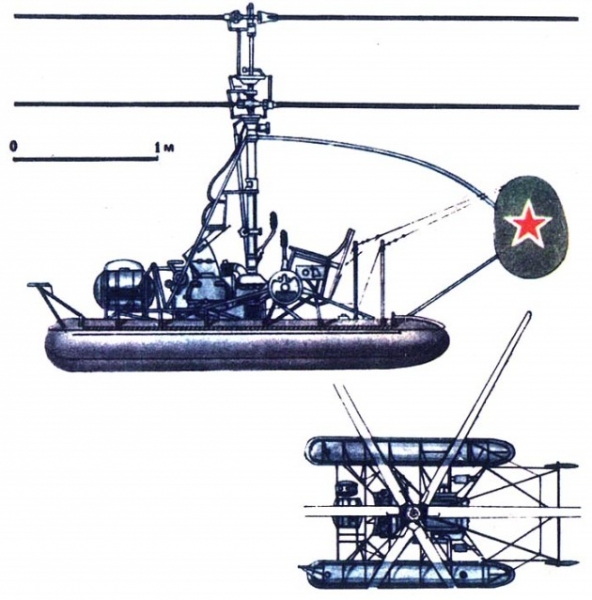
Taking into account the experience gained ground and flight operation, EDB experts contributed to the design of the Ka-10 series of amendments, aimed at its further improvement. “…It was finally perfected the present design of the helicopter-baby, the designation Ka-10M”, - noted NI Kamov. The helicopter has been used for several years for research purposes and to carry out demonstration flights. EDO Formation was completed with the construction and finishing of the Ka-10 and Ka-10M, ushered in coaxial helicopters in the country. The creation of the Ka-10 and Ka-10M introduced EDO staff V.B.Barshevsky, M.A.Kupfer and A.I.Vlasenko.
The Ka-10 is a spatial uniform design of pipe diameter hromansilevyh 8 to 18mm. In the central part of the airframe mounted reciprocating engine with AI-4f reducer and pilot seat. Lateral horizontal lodgements farm are used to mount the two landing gear - tanks cylindrical shape with rounded ends, filled with air under overpressure 0.1kgs / cm2.
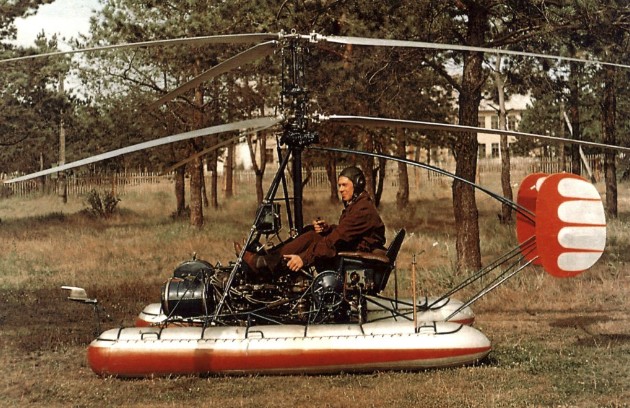
The balloon is made of a rubberized material and two-layer is divided into four sections to provide the required level of survivability. To the bottom of the bottle for strength adhered 1.5mm thick rubber sheet. Such a mounting device allowing the helicopter to land on any surface (Earth, water, ship deck) followed by take-off from it. In front of the glider located tank capacity 33l, and for pilot seat struts are vertical empennage. There, on the cylinder housings mounted two rack dual-beam antenna cable radio RSI-3M1. Vertical tail to Ka-10 single-fin trapeziform. Ka-10M vertical tail dvuhkilevoe. Sheathing keels linen.
The torque is transmitted from the engine to the screws by means of two gearboxes (the bottom - and upper motor - distribution), connected hollow main shaft, closed hood power. Distributor gear distributes torque to the upper and lower screws, rotating in opposite directions. In the lower gearbox is combined clutch, combined with a ratchet freewheel. This arrangement enables the engine with the non-rotating main rotor on the ground and disconnecting the motor from freewheeling screws in case of failure in flight.
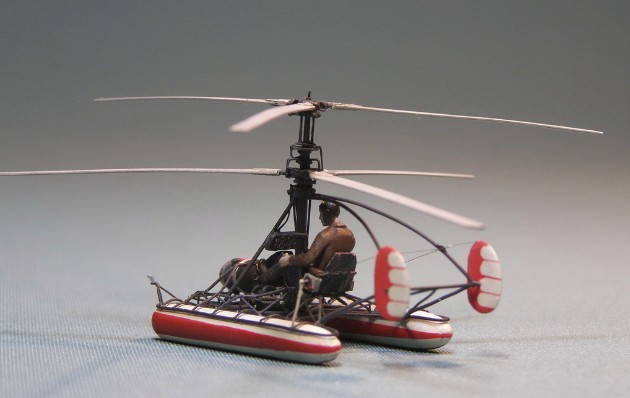
The distributor gear to the column of rotors fixed on the airframe via the power casing and two side struts. The column comprises two coaxial shaft, on which are mounted the hub, swash, leverage and traction control. Sleeves have horizontal, vertical and axial joints in power circuits of the blade mount. The blade screw trapezoidal planform with negative geometrical twist (—5°) It made of different kinds of wood (natural composites). Profile blades - NASA 23012. Blade root for connection to the hub is configured as a steel sleeve chiseled. Control installation angles propeller blades carried by helicopter control stick deflection, lever “Step-gas” and directional control pedal. All control levers are connected by common wiring mechanical differential and step mechanisms, and by automatic skew and vertical rods are connected to the leashes of rotation of the blades relative axial hinges. Deviation helicopter control stick leads to tilt swash plate and cycled blade alignment while rotating screws.
As a result, the full vector of the aerodynamic force of screws is deflected in a predetermined direction and at the desired value. In the event of pedals on one screw installation angles increase, and on the other - are reduced by the same amount.
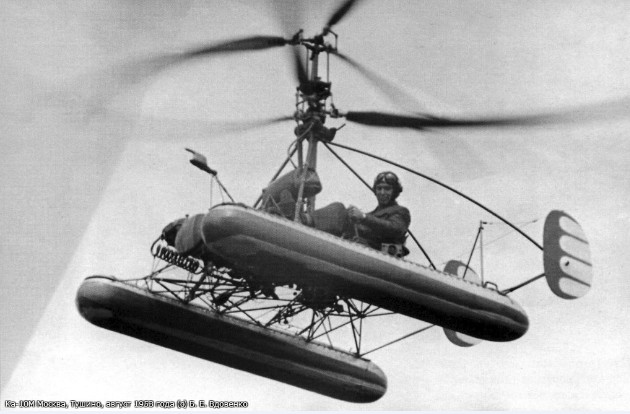
This leads to a difference in torque on the screws and turning the helicopter. In the case of the lever deflection “Step-gas” screw via swash simultaneously increasing or decreasing the angles of the blades, which leads respectively to an increase or a decrease in their thrust, as a result of changing the fuel supply to the engine is a change of its power.
The helicopter is equipped with flight and navigational instruments for performing visual flight and the engine control devices, including a pointer 140 US-speed, altimeter VD-12, variometrom BP-10, compass KI-11, pointer speed rotors, sliding pointer. Radiocommunications carries pilot via the radio RCI-3M1. The source of electric energy are rechargeable batteries. Even this brief description indicates the presence of the Ka-10, all the elements of modern rotorcraft coaxial. Modification of the Ka-10M differs from the basic machine next improvements, mainly related to the technological and operational excellence apparatus.
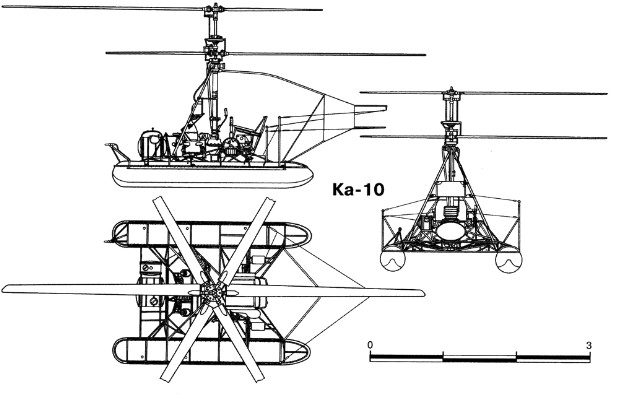
Performance characteristics of Ca-10
– First flight: 30 August 1949 of the year
– Total built: 15
Ka-10 crew
– 1 human
Overall dimensions of the Ka-10
– The diameter of the rotor: 5,8 m
– fuselage length: 3,9 m
– The width of the fuselage: 1,97 m
– Height: 2,5 m
Weight Ka-10
– normal takeoff: 370 kg
– Internal fuel capacity: 26,4 kg
Ka-10 engine
– amount, a type, mark: 1 x AP, AI-4G
– Power: 1 x 55 HP.
Ka-10 speed
– full speed: 115 kmh
Flight range of the Ka-10
– 170 km
Dynamic ceiling Ka-10
– 2500 m
Photo K-10
